Posted on 05-Jan-2019 by Sridhar Iyer, Ph.D., MBA
Nobel Prize has become a subject of popular culture, both amongst the general public as well as ‘specialists’, i.e., scientists/writers/prominent people. It is universally regarded as the ultimate recognition and a mark of respectability. With scientists, it is almost a stamp of immortality and conformation of significant groundbreaking achievements to advance science. While there is no doubt that rigorous processes are in place to select the winner and in nearly most cases the winners are well deserved, there has been the debate that some worthy winners have been left out historically. Here is a list of people, who in our opinion, should have won a Nobel but for some reasons didn’t. Let’s celebrate their achievement/s, as they are as significant as any major achievement - including the Nobel Prize winners!
Much has been reported about the omission of Gandhi who showed the world a radically new way to protest, i.e., non-violent civil disobedience against oppressive regimes. His philosophy inspired leaders like Martin Luther King Jr. and Nelson Mandela both of whom received the Nobel Peace Prize for their struggle. Suffice to say Gandhi was larger than Nobel Prize. As a matter of fact, Geir Lundestad, permanent secretary of the Norwegian Nobel Committee 2006 said, “Our record is far from perfect and not giving Mahatma Gandhi the Nobel Peace Prize was the biggest omission”. Executive Director of the Nobel Foundation in Sweden, Michael Sohlam, said the decision not to extend him the prize was a mistake.
Dmitri Mendeleev (1834-1907):
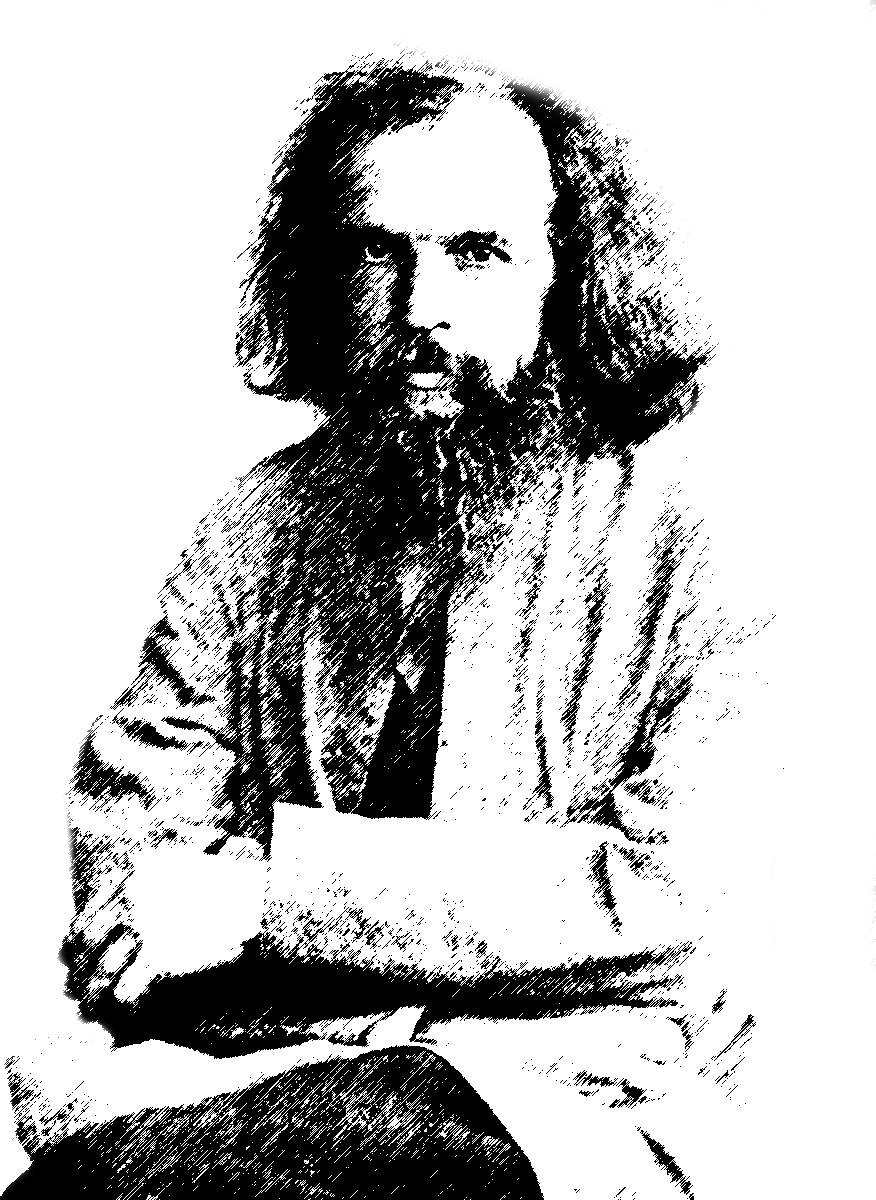
Mendeleev the Russian Chemist most popular for proposing the Periodic Law and devising the Periodic Table, which was so well organized it could explain the properties and the trends of elements. This was the foundation of Modern Chemistry. The Periodic Table was so well articulated that it even predicted the presence of some elements that were not discovered then. Interestingly Mendeleev used the prefixes eka-, dvi-, and tri- (1, 2, and 3 in the ancient Indian language Sanskrit) for his predicted elements, e.g., eka-silicon (germanium), dvi-manganese (rhenium), eka-Boron (scandium), and eka-alluminium (gallium). The Periodic Table is universally taught in all chemistry classes across the world. However, he never won a Nobel Prize, and the reason: the influential Swedish Chemist Arrhenius opposed and prevented Mendeleev from receiving the Prize. Arrhenius apparently did not take kindly to Mendeleev’s opposition to his theory of electrolytic disassociation.
G N Lewis (1875-1946):
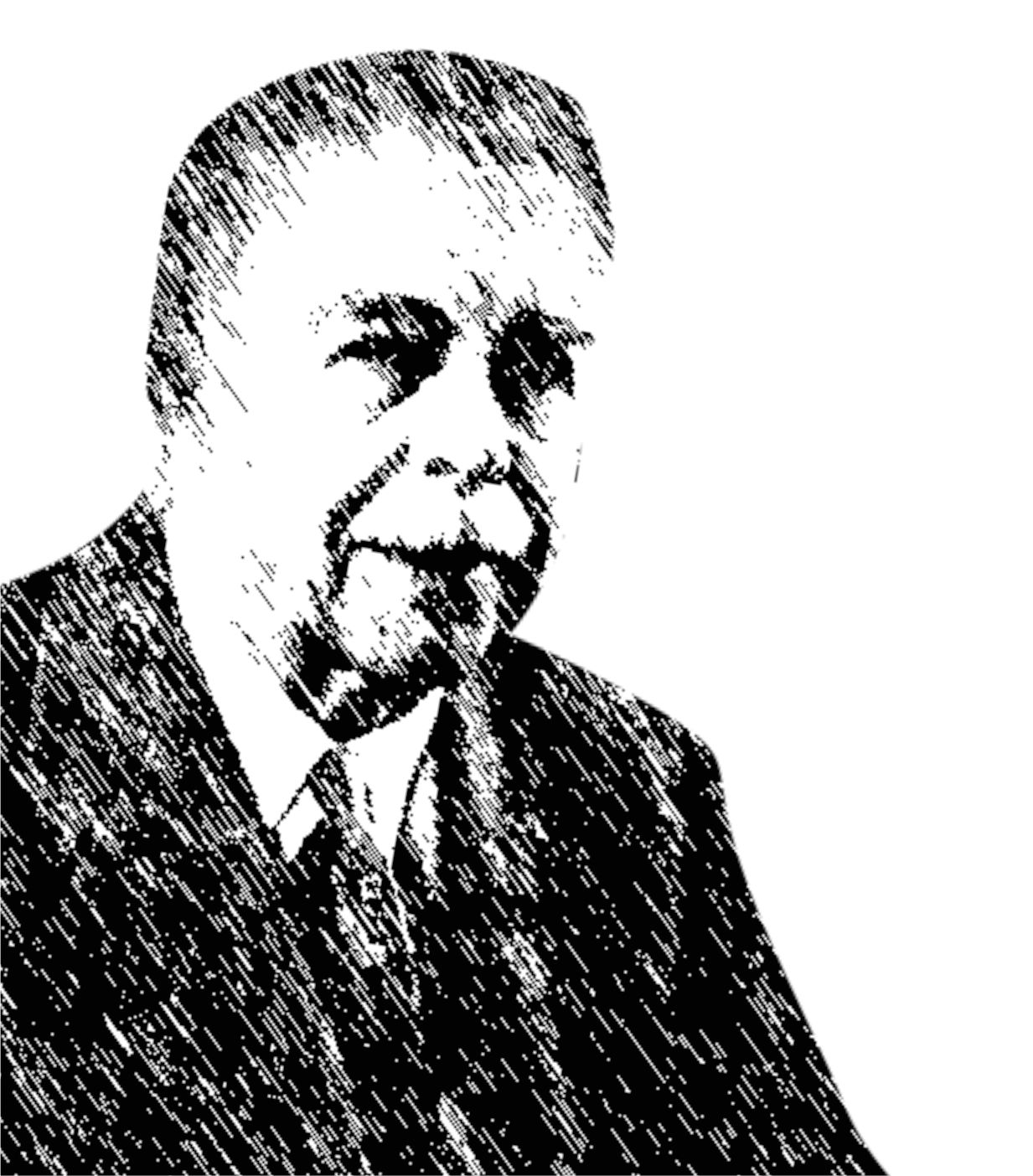
Chemical Bonding is the heart and soul of modern chemistry. One of the chief architects of this concept was G N Lewis. His work, suggesting that a pair of electrons shared by two atoms is the basis of the chemical bond, was responsible for the development of the theory of covalent bond. He also explained the concept of acids and bases, based on the ability to accept or share a pair of electrons. He also gave us “Lewis dot structure” - a more formal way of showing chemical bonding. He also contributed to the field of thermodynamics. Why then did he not get a Nobel? William Palmaer, a Swedish chemist was a voting member of the committee for long and he was a close friend of Walther Nernst. Lewis frequently criticized Nernst’s work and both shared an acrimonious relationship!
Oswald Avery (1877-1955):
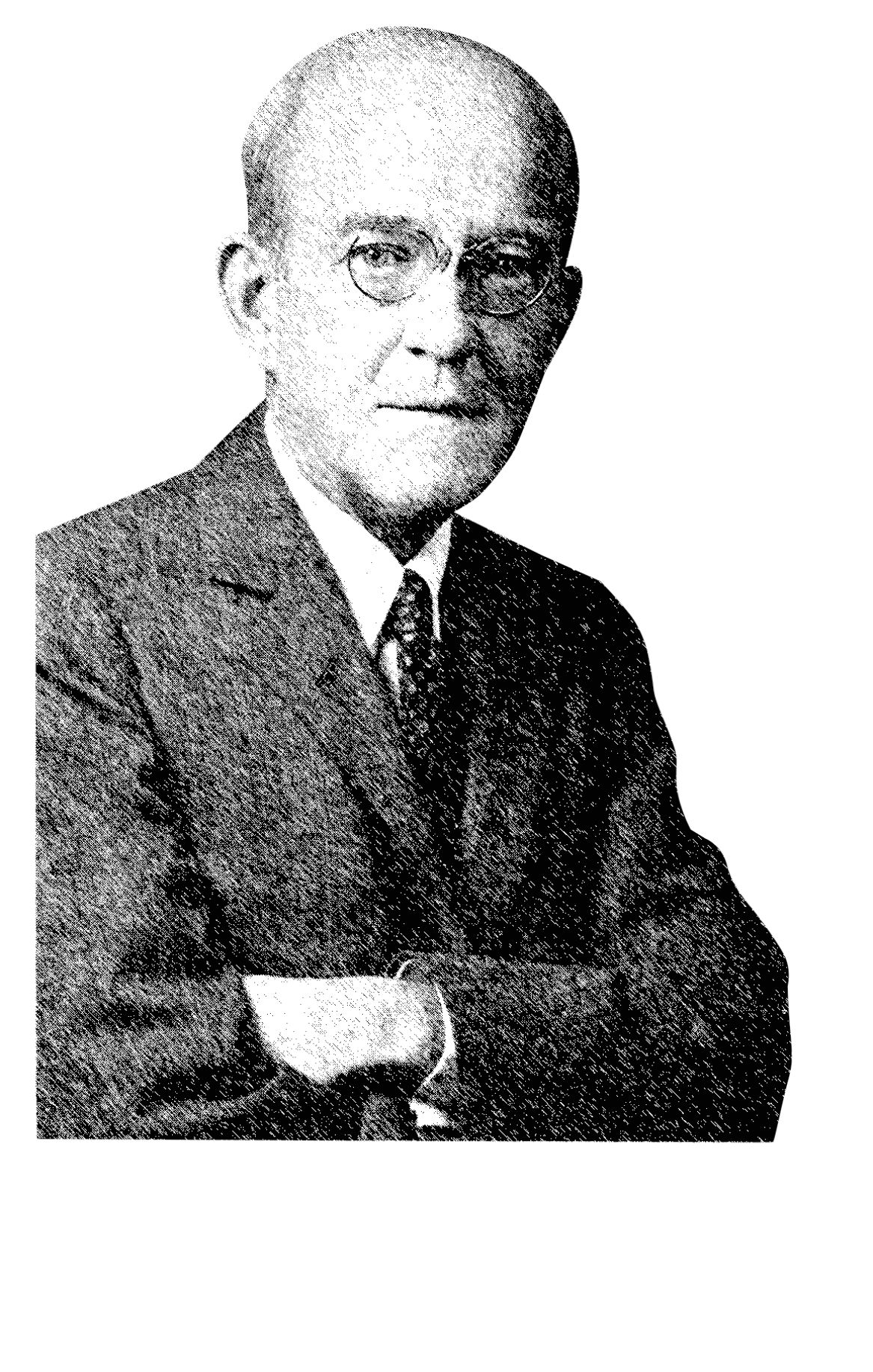
Oswald Avery and his team isolated DNA experimentally and proved that DNA is the material from which genes and chromosomes are made. Considering the massive interest in DNA research which extends to date this could be considered one of the most important discoveries of the century in medicine. When Avery first published his important paper on DNA he was 65 years old (1944) and he died at the age of 76 (1955). During this period of 11 years, a possible explanation for why he did not receive the Nobel Prize was published by Peter Reichard in The Jr. of Biological Chemistry in 2002. While it seems that a combination of personal scientific bias & conflict of interests might have had a subtle effect in the committee who recommended/decided the candidate, it is now universally acknowledged as a terrible omission.
Lise Meitner (1878-1968):
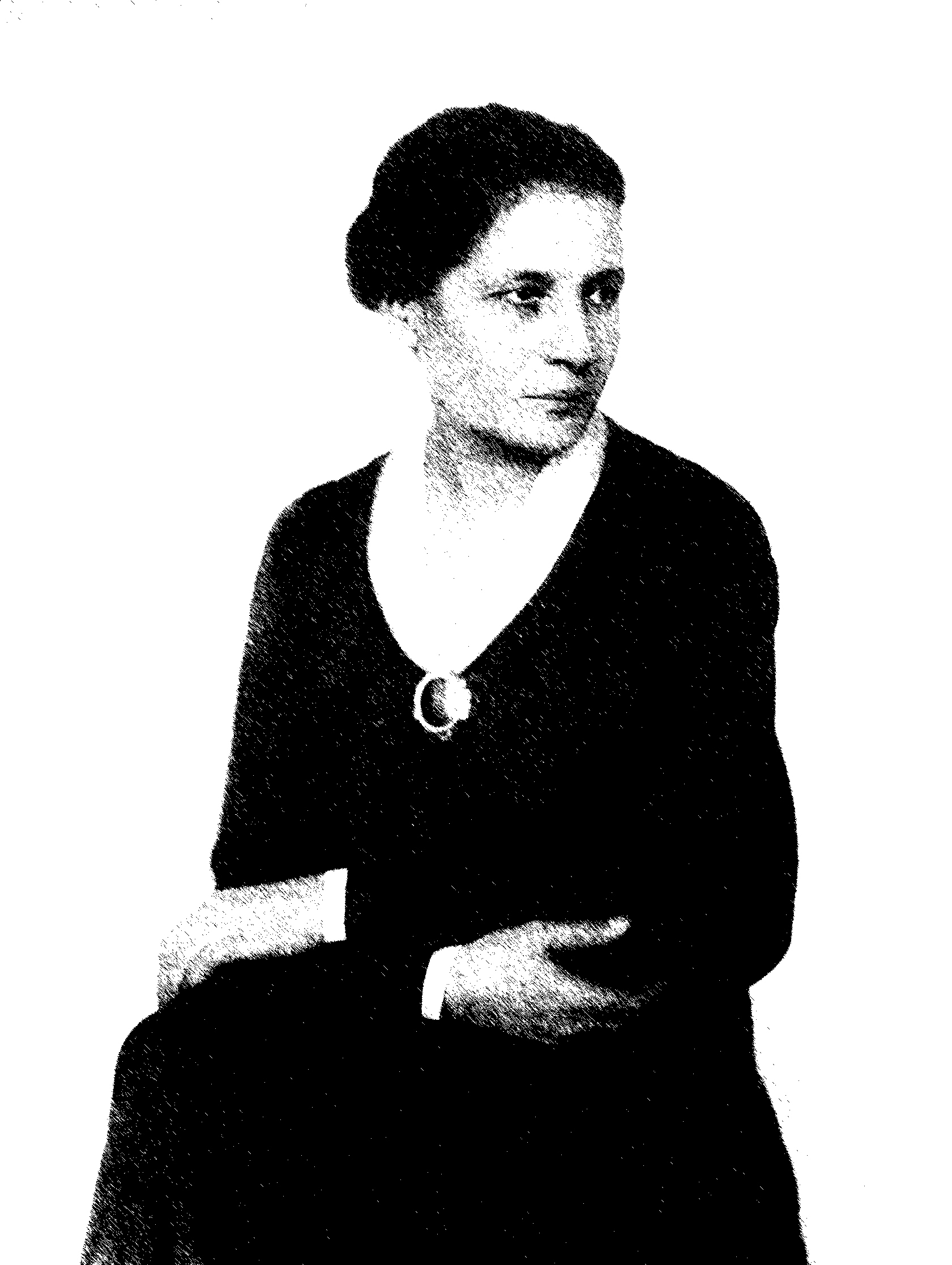
This Austrian physicist, along with Otto Hahn, discovered nuclear fission. While initially she was not only involved with the experimentation part with Otto Hahn but played a singular role in providing the explanation of this radiochemical phenomenon. As fate would have it Otto Hahn won the Nobel "for his discovery of the fission of heavy atomic nuclei." Meitner was left out. In the scientific community this exclusion was well recognized as scientists knew Meitner’s contribution. Her reputation was such that she was popularly known as “German Marie Curie”, attributed to her by none other than Einstein. While she did not cut her contact with Otto Hahn, it is reported that she was disappointed that he did not adequately acknowledge her role, after receiving the Nobel Prize.
S N Bose (1894-1974):

Bose made a fundamental contribution to the Theoretical Physics and Particle Physics. Using Quantum Mechanics and Statistical mechanics, he proposed the Bose-Einstein statistics - explaining theoretically the characteristics of elementary subatomic particles and mesons (called ‘bosons’-a term coined by Dirac-the other particle being ‘fermions’) and then Bose-Einstein Condensates. Thus, the Bose-Einstein statistics became a part of the famous troika along with Maxwell-Boltzmann Statistics and Fermi-Dirac Statistics. In a way, this tells us the importance of his work. Bose-Einstein Condensates, on the other hand, is a state of matter of bosons cooled to very low temperatures. In 2001, three scientists received Nobel for their experiments achieving the Bose-Einstein condensation and in 2013 two scientists received Nobel for correctly predicting Higgs boson as an elementary particle. His omission likely could be explained due to his lack of networking/visibility abroad. Undoubtedly, he did deserve a Nobel.
Erwin Chargaff (1905-2002):
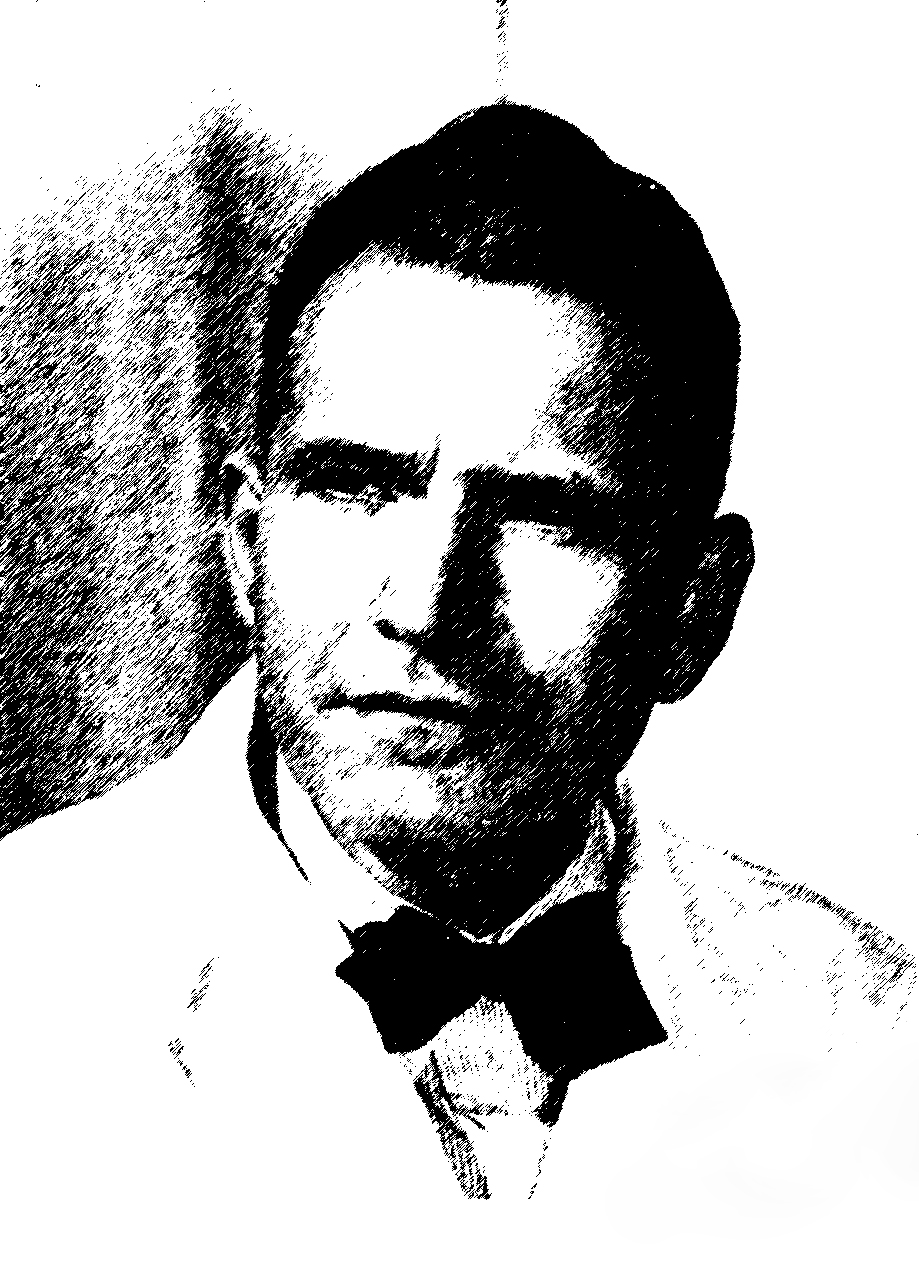
Erwin Chargaff was a biochemist at Columbia University. He is credited with a significant observation referred as Chargaff’s rule which states that in DNA the amount of adenine (A) should be equal to thymine (T) and similarly the amount of guanine (G) should be equal to cytosine (C). This had major implication since it indicated ‘base pairing’ in DNA pivotal information that helped Watson and Crick to develop the double helix structure of DNA for which they received a Nobel Prize. Chargaff felt strongly dejected about his contribution being ignored by the Nobel Prize committee which was exacerbated by the fact that he disliked Watson and Crick personally. He then withdrew from active research.
Chien-Shiung Wu (1912-1997):
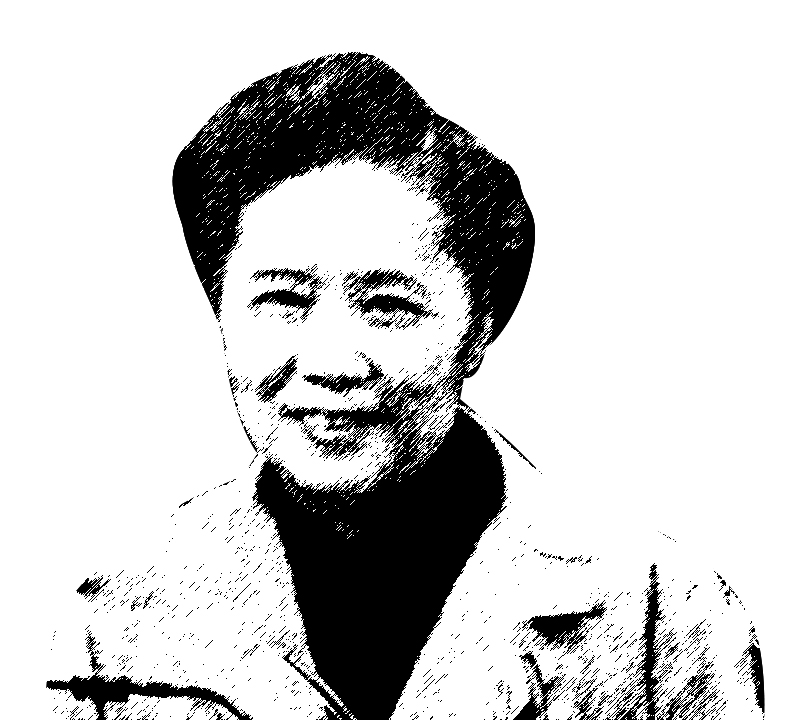 Wu devised the experiment to prove that the ‘Parity Law’, a law in Physics, was not applicable to weak interaction a conclusion, as per the theoretical calculations of her collaborators Lee and Yang. Until then, it was believed to hold good for strong, as well as weak, interaction. Lee and Yang received the Nobel Prize for the work and Wu was left out. It is not clear if the omission was logical (in case the theory came first and the experiment was not too complex) but Wu would go on to become a legendary figure in Physics, especially in America.
Wu devised the experiment to prove that the ‘Parity Law’, a law in Physics, was not applicable to weak interaction a conclusion, as per the theoretical calculations of her collaborators Lee and Yang. Until then, it was believed to hold good for strong, as well as weak, interaction. Lee and Yang received the Nobel Prize for the work and Wu was left out. It is not clear if the omission was logical (in case the theory came first and the experiment was not too complex) but Wu would go on to become a legendary figure in Physics, especially in America.
Jonas Salk (1914-1995):

Salk developed the polio vaccine which paved way for near eradication of polio. Salk is said to have combined (“brilliantly” or “merely”?) several discoveries to develop the polio vaccine. He became instantly famous and had a public image akin to a superstar. The reason for his omission in a way was somewhat the opposite of Stephen Hawkings. Allegedly a member of the Nobel committee observed that Salk had not introduced anything that is principally new, but only exploited discoveries made by others. Even if this is true considering the practical usefulness of the work for larger public welfare, would it not have been prudent enough to give him a Nobel Prize for Peace (like Norman Borlaug, the legendary agronomist)? Interestingly, Salk established a biological institute (Salk Institute) that not only produced many Nobel laureates but trained some future winners as well
Rosalind Franklin (1920-1958):
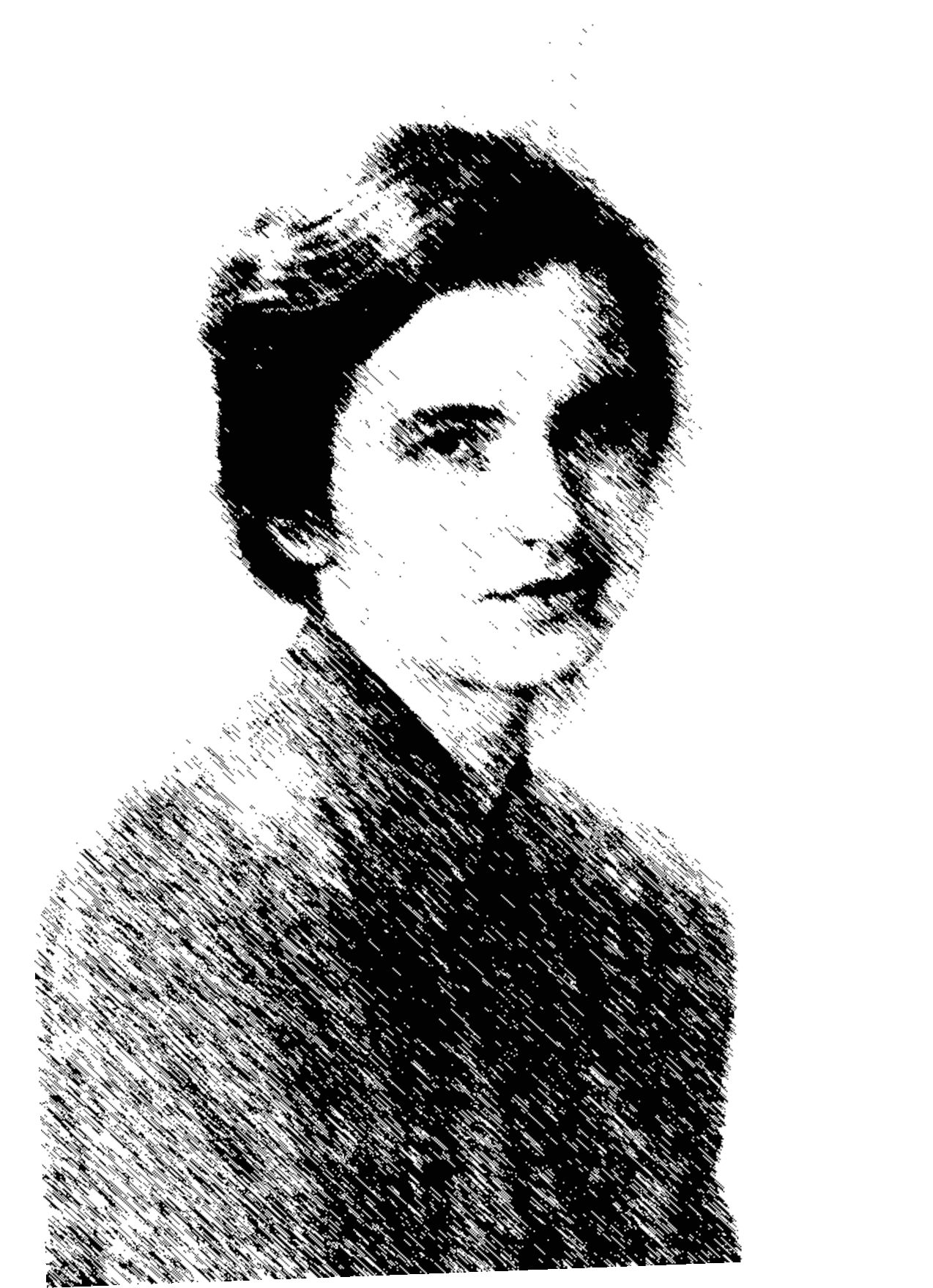
Franklin is an often discussed personality in the double helix structure of DNA developed by Watson and Crick. As the story goes Franklin a British chemist and X-ray crystallographer obtained very good images of DNA by X-ray crystallography working with her collaborator Maurice Wilkins (who also shared the Nobel Prize with Watson and Crick). Allegedly Wilkins shared the X-ray diffraction pictures (particularly photo 51) without Franklin’s knowledge with Watson and Crick which provided clinching evidence for the model! Many feel she did not receive her due in the story of DNA and that she should have been awarded the Nobel Prize but alas she passed away young (37). In her final years, she started and collaborated on a new topic with Aaron Klug which Klug continued and made a pioneering contribution for which he won a Nobel Prize.
G N Ramachandran (1922-2001):
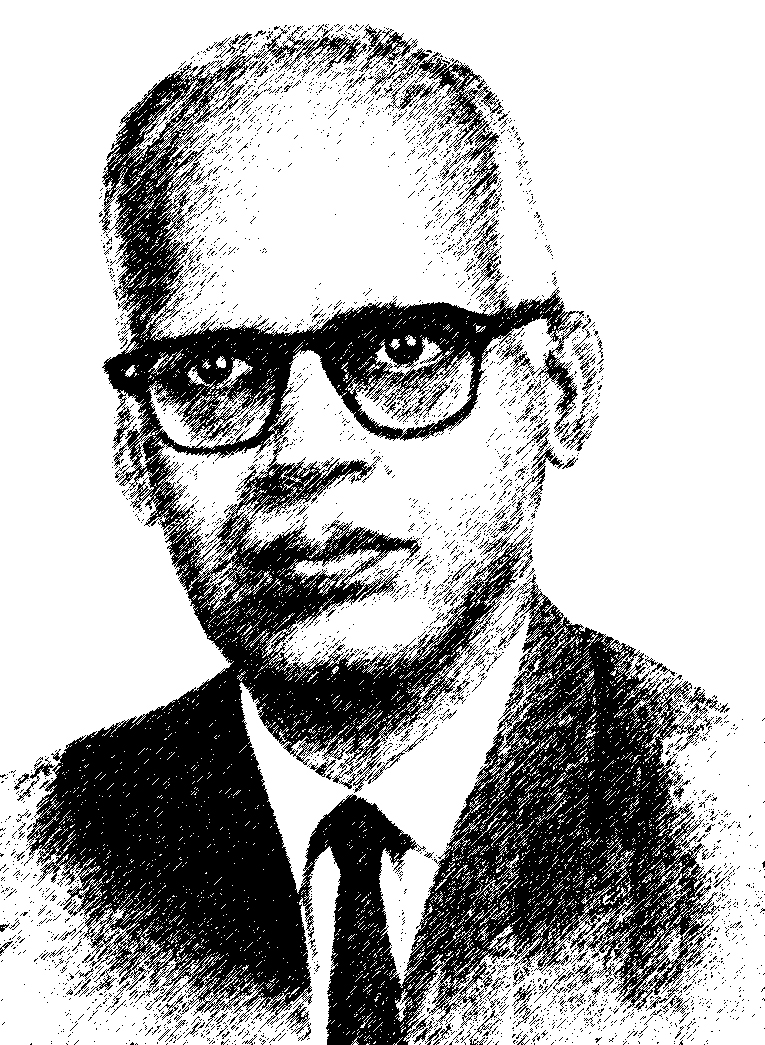
Ramachandran’s two most important contributions are the Collagen triple helix structure (1954) and laying the foundation of the conformational analysis of polypeptides (Ramachandran Maps). Today Ramachandran maps are part of textbooks and classrooms of biochemistry related to protein structure. Considering the following fact, the Collagen triple helix structure’s importance can be gauged: In 1951 Pauling suggested α-helix structure and in 1953-Watson & Crick suggested the double helix structure of the DNA. Out of three suggestions, the Collagen triple helix is possibly the most complex. Pauling and Crick also worked on the Collagen structure. Though initially Ramachandran’s structure was criticized by Crick and others, ultimately it endured the test of the time. Possibly his reticent nature – being isolated from colleagues – and his lack of networking/visibility did not help his case for the Nobel Prize. The worst part of his fate: he did not get his ‘rightful’ dues either in the Indian science spectrum or abroad.
Carl Richard Woese (1928-2012):
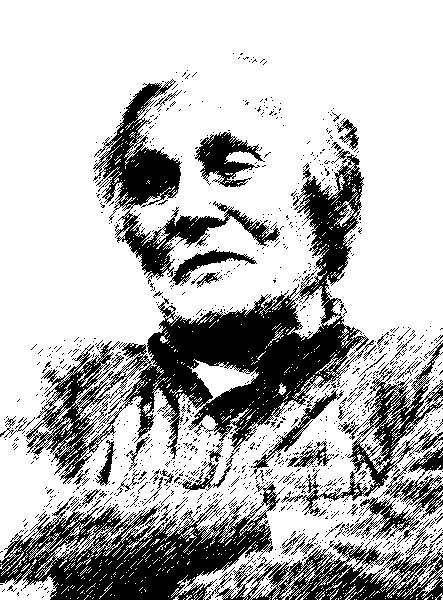
Woese a biophysicist and microbiologist, revolutionised evolutionary biology and is considered by some as the greatest evolutionary biologist of the 20th century. The initial classification of the tree of life consisted of prokarya (bacteria) and eukarya (rest) and was based on physical traits. Woese offered a different view that microbes archaea (initially classified as prokarya) were distinct from bacteria and plants/animals, thus, adding a third branch to the tree of life. His discovery was due to a novel approach of analysing ribosomes and looking for an evolutionary relationship. He suggested that genetic information (16S rRNA sequence) could be used to classify organisms. The reason for omission could have been due to the difficulty in ‘category fit’ in physiology or medicine but look at some of its utility: 16S rRNA analysis helps in identifying several unculturable organisms (rapid diagnosis) and to study human microbiota (emerging areas like gut-brain axis)!
Stephen Hawking (1942-2018):
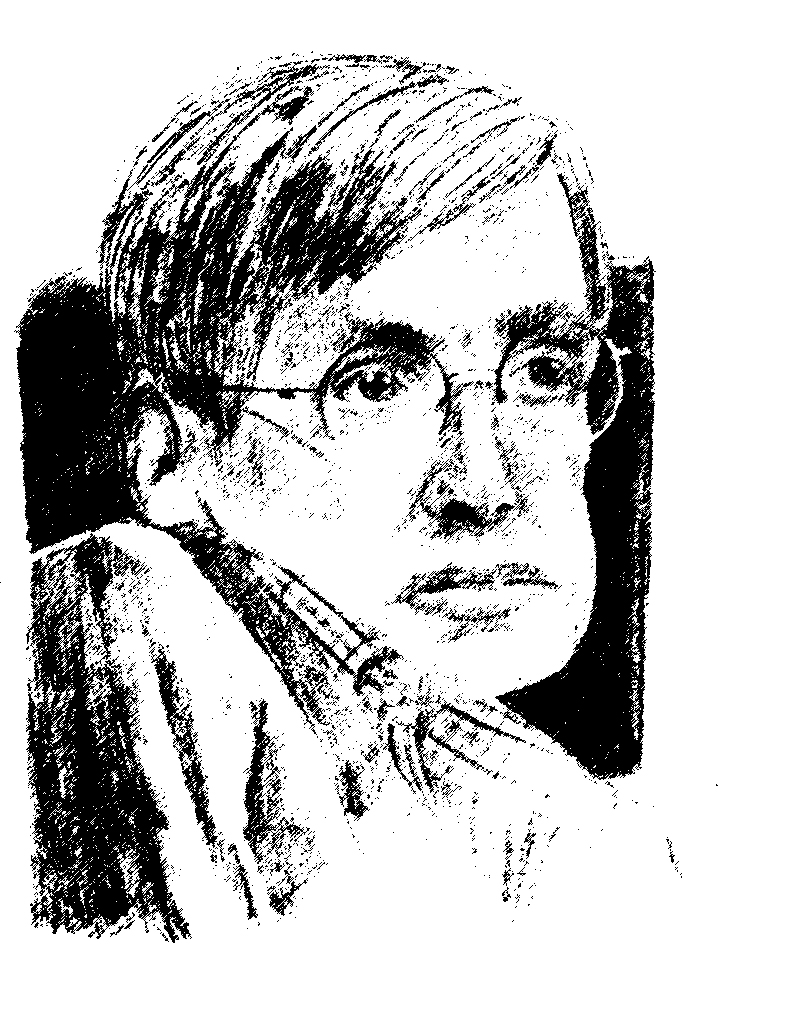
If ever someone caught the imagination of the public as a scientist like Einstein did it was Hawking. He was unmistakably a unique genius. The answer to why he did not get a Nobel lies in the fact that one of the criteria is that the theory should be experimentally verified in order for the candidate to be considered for Nobel. His contribution to theoretical physics and understanding of the universe was unparalleled. However, none of his path-breaking theories has been proven so far - his theory “Hawking Radiation”, though widely accepted, is yet to be proven. If this would have been proven experimentally he would have definitely won. In 2016, while giving Reith Lecture broadcast, Hawking joked that his lack of a Nobel Prize was "a pity" indicating that his theory has not been proved by experiment so far. He passed away in 2018.
Click here to read the full blog.